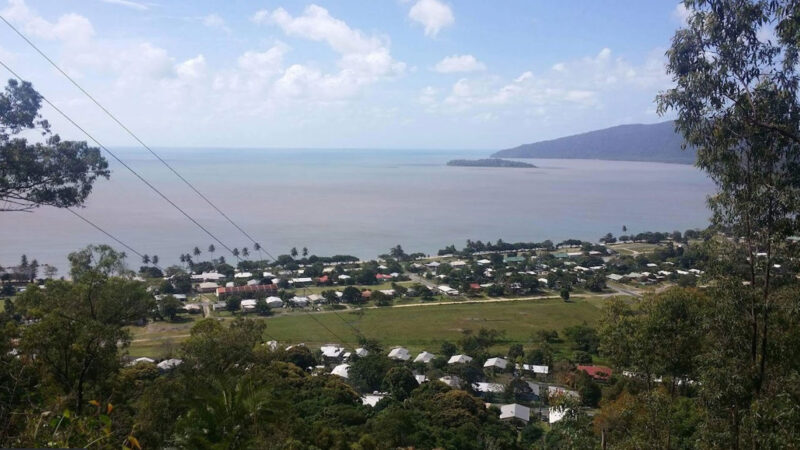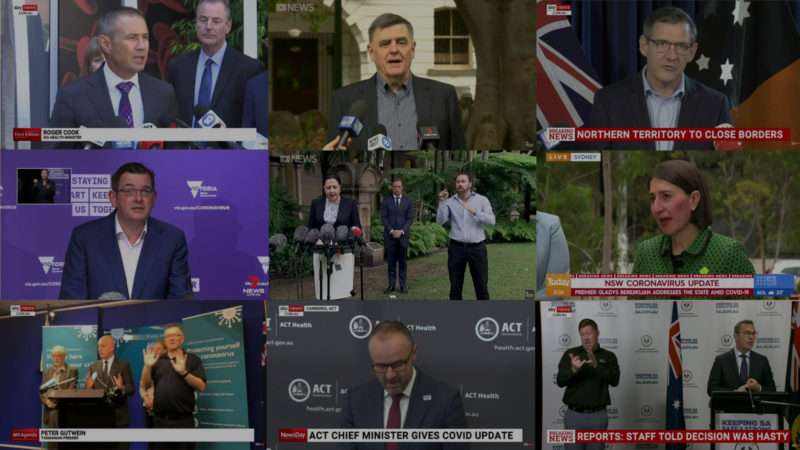Australia’s Nursing Crisis Snapshot
“Nursing, already under pressure, is reaching breaking point due to the pressures of COVID-19 and a disjointed healthcare system, including the acute, primary and aged care sectors”, says Kylie Ward, Australian College of Nursing CEO adding, “We must act now to protect our nurses and healthcare; the time has come for a national reckoning on nursing in Australia.”
Australian nurses cannot continue to work under the extreme pressure they are currently operating under – the impacts are mounting.
The almost 400,000 Australian nurses are a constant presence in every one of our major life milestones, national emergencies and global crises. The nurse of today holds a science degree, possesses highly technical training, valuable medical opinions, front-row expertise, is an effective trainer, and is skilled in population and systemic thinking. But the pandemic is inflicting a major emotional and physical toll on nurses.
In this “Perspectives” special, Australian Health Journal spoke with 4 nurses on the challenges they or nurses in their circle have experienced, the key issues as well some of the opportunities. These nurses come from national leadership & policy, large scale workforce management, a final year student completing over a year on placement across 6 Melbourne Hospitals and a NSW based ICU nurse stranded in Mexico, unable to return to a critical role in nursing to an already strained team due to incoming quotas.
While the issues are challenging, there are strategies that can be put into place to ease the pressure, to support nurses, and nursing care in Australia. These are discussed by the the 4 nurses.
– Adjunct Professor Kylie Ward FACN CEO, Australian College of Nursing
– Adjunct Professor Alanna Geary FACN ACN Chair of Workforce Sustainability Policy Chapter & Chief Nursing & Midwifery Officer, Metro North Health
– Natalie Reyes, NSW based ICU Nurse Currently stranded in Mexico
– Hayley Pollock, Final Year Bachelor of Nursing Student & ACN Emerging Nurse Leader



